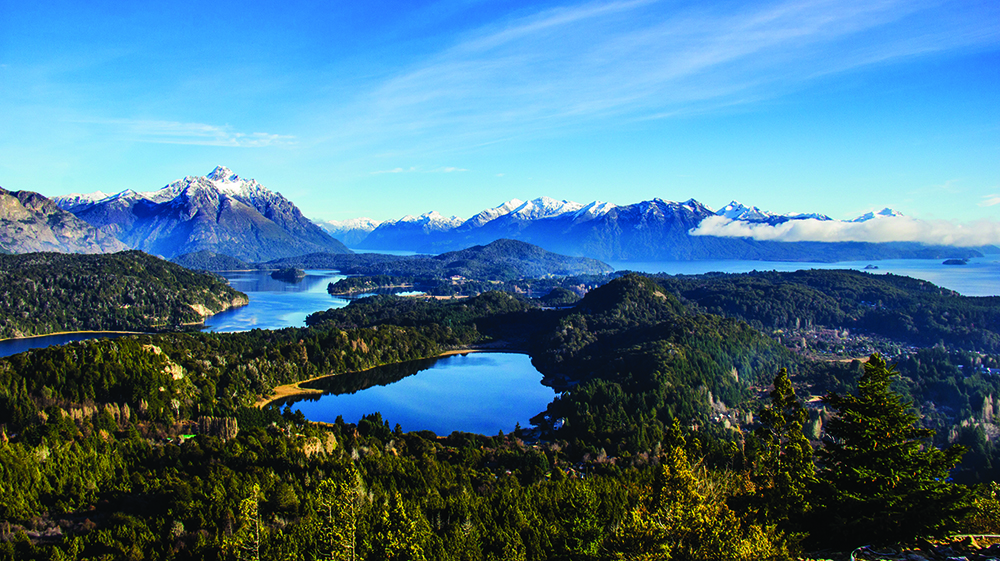
You don’t have to go to Patagonia to know it’s a far-away place of unfathomable beauty. From the fjord-notched coastline to the wild interior of rugged lakes and jagged spires, Patagonia is a pot of gold at the end of the rainbow. So epic, it’s the namesake of the popular outdoor clothing company layering people in colorful fleece since 1973.
From sea, Patagonia was discovered by Ferdinand Magellan in 1520. Sighting the dwellings of the Tehuelche Indians, renamed Patagones, the extremely tall natives were a mere glimpse of the mysteries and marvels of the landscape.
Divided between Argentina and Chile, Patagonia is defined by the Andes Mountains. Reputed for its raw natural beauty, the wilderness includes vast granite peaks, pristine lakes, steppe grasslands, active volcanos and tucked-away towns with friendly folk.
Northern Patagonia’s Lake District is legendary for adventure tourism. Though remote, the region is accessible by vehicle and trail – perfect for hikers in pursuit of challenging treks. The Lake District promises invigorating boating, hiking and fly fishing, followed by mountain retreats with hot springs, pisco sours and chimichurri steak.
Trails, Lakes and Parks
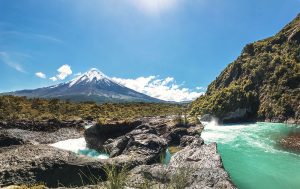
Hit the trails, lakes and parks
Lake District hikes are challenging, but super scenic and full of unique flora and fauna – like 50-meter-high Coihue trees and guanaco cougars. Cerro Lopez, in Northern Argentina’s Llao Llao peninsula, is one of the region’s most famous alpine peaks. An ascent of Cerro Lopez, 7,178-feet, includes a visit to Refugio Lopez. There you can rest before the final steep push uphill or refuel on the return. Similar Refugios, cozy, communal mountain huts, are common to the region’s trails, offering short-term lodging and tasty food.
A more casual day hike starts with a boat ride across Lago Nahuel Huapi to Los Arrayanes National Park. Stroll through the ancient forest turned park in 1971 to preserve the rare Arrayan trees. Nearby, the town of Bariloche is surrounded by local trails like the 7-mile hike to Cajon del Azul. Follow crystal clear waters with frequent river crossings, ride horseback on the return.
Time to bag another peak. Climb Cerro Pilttriquitron, 6 miles round trip, and “hang from the clouds.” The peak’s translation – on the 7,415-foot summit with panoramic views of the Andes. Another classic hike starts with a gondola ride at Cerro Cathedral ski area to the 10.5-mile traverse through Rucoca’s windswept glacier valley.
Chilean Lake District treks are equally rewarding. From the Antillanca ski resort, climb 4.5 miles to the top of 7,349-foot Volcan Casablanca with 360-degree views including volcanoes Osorno and Puntiagudo. Next, visit the rustic Parque National Vincent Pérez Rosales and hike aside the sparkling aquamarine Lago Todos Los Santos. Picnic in a secluded cove, then follow the Rincon Trail along the lake. Top your Chilean stay on the summit of 6,611-foot Volcan Calbuco or opt for mellower loops around the small lakes of Alerce Andino National Park.
Towns and Lodging
Argentine Patagonia is grande, about the size of Texas. The lush Llao Llao region is the heart of the lake district. The town, Bariloche, on Lago Nahuel Huapi, is bustling with dining, shopping and lodging opportunities like five-star Llao Llao Hotel and Resort accommodating guests with a golf course and spa.
Two hours south, El Boson is a hippie town from the 1970s. Nestled between steep mountain valleys, it’s a hub for rafting, trekking, fly fishing and rock climbing. It’s also famous for arts and crafts, organic farms and family-run hosterias serving traditional asado barbecue.
The Chilean Lake District consists of twelve major lakes. German-inspired Puerto Varas dates back to 1853. A haven for outdoor enthusiasts, the picturesque town sits on the southwest banks of Lake Llanquihue with views of snow-capped volcanos.
Puyehue village is settled within lakes and rolling hills at the base of a 7,335-foot active volcano. Termas de Puyehue Wellness and Spa Resort is a grand, stone lodge outside the national park with amenities like thermal pools and a bowling alley.
Provisions and menus
Patagonia Lake District draws flavors from both Mediterranean and native cuisine. The region’s proximity to inland lakes, organic farms, grass-fed ranches and the ocean result in numerous fresh ingredients.
Argentina has a reputation for its steak. Rich and tender red meat results from cattle grazing on flourishing grasslands as well as masterful butchery and open fire-grilling technique known as asado. Chimichurri is an uncooked sauce of parsley, garlic and olive oil that compliments any big, juicy bife de chorizo, New York strip.
Breakfast is simpler with medialunas – sweet, petite croissants, fruit, meat, smoked salmon and café. By day, stock snacks in your backpack, then rely on refugios for home-brewed beer, postres (desserts), empanadas and homemade baked goods.
Dinner is late, 9 p.m. at least. Reward your efforts on the trail with a nice cut of beef. Or, stick with pizza, pronounced piksa, simple and possibly vegetarian. No matter the meal, sip on some fine South American wine. As the fifth largest wine producer in the world, Argentina has brought Malbec to the main stream. The red wine is dark in color, robust in flavor and pairs perfectly with menu items like grilled beef, lamb, chorizo and boar.
Seafood in Patagonia
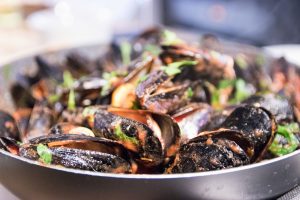
For seafood seekers, merluza (hake), mussels and more are sourced from Chile’s lengthy coastline. In Puerto Varas, Cumbres del Lago provides a gastronomic experience with Centolla en dos Tiempos. This is a combination of cold crab and avocado alongside hot crab-stuffed ravioli. For an entrée, try the local trucha (trout) from regional lakes with a glass of Torrontés. Torrontés is an aromatic white wine produced countrywide.
Treats abound this sweet corner of the world. In Bariloche, the architecture is Swiss, but the local chocolate speaks for itself. Dulce de leche, a trademark of Argentina, is a caramelized sugary treat that’s eaten morning till night.
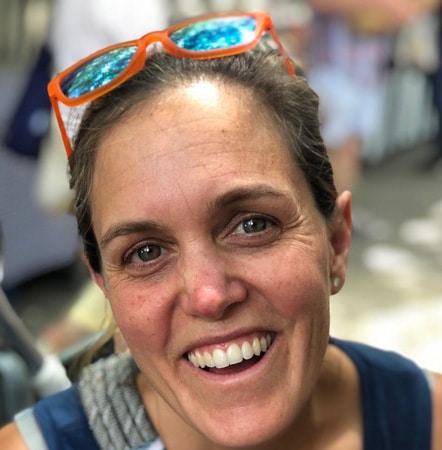
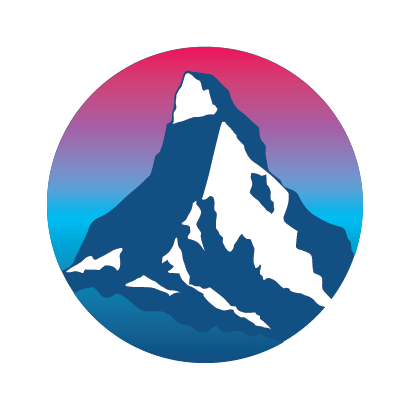







Comments are closed.